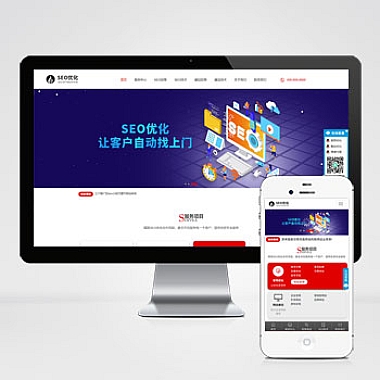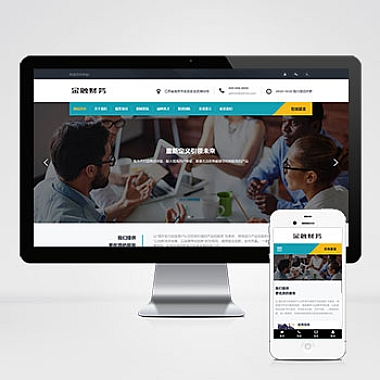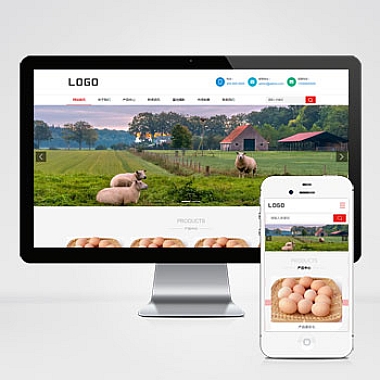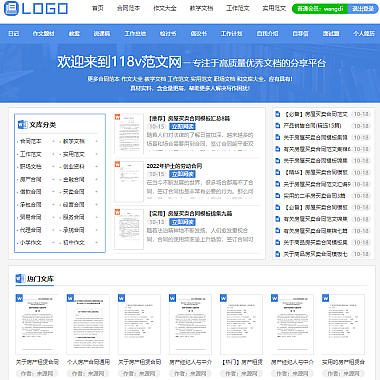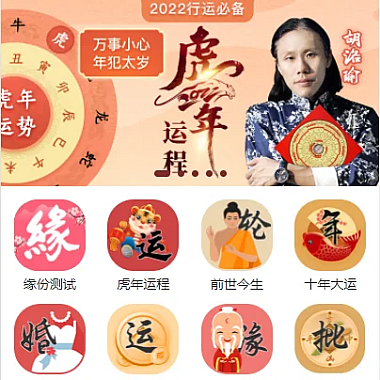《vue3父调用子方法》
在Vue3项目开发中,父组件调用子组件的方法是很常见的需求。解决方案是通过给子组件定义一个ref引用,然后在父组件中通过该ref来访问子组件实例及其方法。
一、使用ref和defineExpose
这是比较常见且推荐的方式。
在子组件中:
vue</p>
import { ref } from 'vue'
// 定义子组件中的方法
const childMethod = () => {
console.log('子组件方法被调用了')
}
// 暴露给父组件的方法
defineExpose({
childMethod
})
<p>
<!-- 子组件模板内容 -->
然后在父组件里:
vue
<div>
<!-- 给子组件添加ref -->
<button>调用子组件方法</button>
</div>
</p>
import { ref } from 'vue'
import ChildComponent from './ChildComponent.vue' // 假设子组件名为ChildComponent
// 定义ref引用子组件
const childComponentRef = ref(null)
// 定义调用子组件方法的函数
const callChildMethod = () => {
if(childComponentRef.value){
childComponentRef.value.childMethod()
}
}
<p>二、通过事件自定义事件(emit)实现间接调用
虽然这不是直接调用子方法,但可以达到类似效果。
子组件中:
vue</p>
import { defineEmits } from 'vue'
const emit = defineEmits(['execute'])
const executeFunction = () => {
console.log('执行了子组件逻辑')
}
// 监听来自父组件的指令
window.addEventListener('parentCall',()=>{
executeFunction()
emit('execute','执行完成')
})
<p>父组件:
vue
<div>
<button>调用子组件逻辑</button>
</div>
</p>
import { onMounted } from 'vue'
import ChildComponent from './ChildComponent.vue'
const handleExecute = (msg) => {
console.log(msg)
}
const callChild = () => {
const event = new Event('parentCall')
window.dispatchEvent(event)
}
onMounted(()=>{
// 可以在这里做一些初始化操作
})
<p>种方式更为直观和符合Vue3的组件化设计理念,而第二种方式则是一种变通的做法。在实际项目中可以根据具体场景选择合适的方式。





